-
 Bitcoin
Bitcoin $113800
2.35% -
 Ethereum
Ethereum $4332
1.12% -
 XRP
XRP $2.979
0.84% -
 Tether USDt
Tether USDt $1.000
0.01% -
 BNB
BNB $891.2
1.87% -
 Solana
Solana $222.0
3.09% -
 USDC
USDC $0.9998
-0.02% -
 Dogecoin
Dogecoin $0.2413
0.31% -
 TRON
TRON $0.3386
1.26% -
 Cardano
Cardano $0.8791
2.20% -
 Hyperliquid
Hyperliquid $54.65
2.86% -
 Chainlink
Chainlink $23.38
1.64% -
 Ethena USDe
Ethena USDe $1.001
0.00% -
 Sui
Sui $3.576
3.44% -
 Avalanche
Avalanche $28.64
10.90% -
 Stellar
Stellar $0.3805
2.28% -
 Bitcoin Cash
Bitcoin Cash $581.3
0.24% -
 Hedera
Hedera $0.2316
1.99% -
 UNUS SED LEO
UNUS SED LEO $9.558
0.08% -
 Litecoin
Litecoin $115.5
3.18% -
 Cronos
Cronos $0.2579
-0.86% -
 Toncoin
Toncoin $3.132
1.44% -
 Shiba Inu
Shiba Inu $0.00001294
1.09% -
 Polkadot
Polkadot $4.180
2.16% -
 Uniswap
Uniswap $9.639
2.15% -
 Ethena
Ethena $0.7804
-4.26% -
 Dai
Dai $0.9999
0.01% -
 Monero
Monero $267.6
-0.14% -
 World Liberty Financial
World Liberty Financial $0.1990
0.46% -
 Mantle
Mantle $1.472
11.83%
Can I hold on after the BOLL's middle line is broken?
A break of the BOLL middle line may signal shifting momentum, but confirmation via volume, candlesticks, and higher-timeframe trends is key to avoiding false signals.
Sep 10, 2025 at 05:00 pm
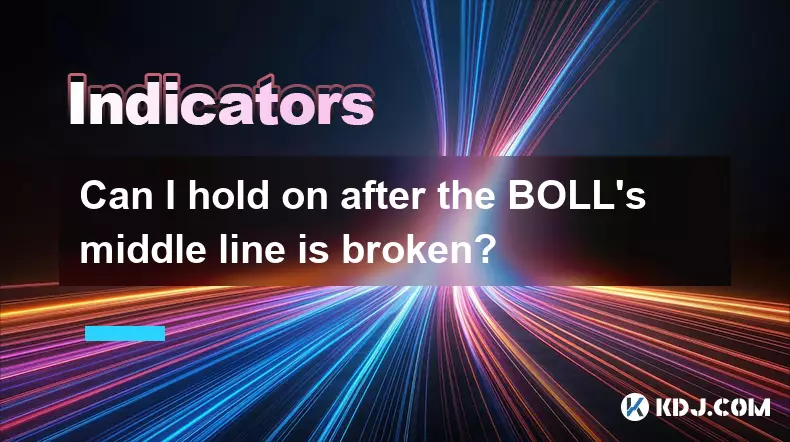
Understanding the BOLL Indicator in Crypto Trading
1. The Bollinger Bands (BOLL) indicator is widely used in cryptocurrency trading to assess volatility and potential price reversals. It consists of three lines: the upper band, the middle line (typically a 20-day simple moving average), and the lower band. Traders rely on these bands to identify overbought or oversold conditions and anticipate trend changes.
2. When the price touches or crosses the upper band, it may signal that the asset is overbought. Conversely, contact with the lower band might indicate an oversold condition. However, in strong trending markets, prices can ride along the bands for extended periods, making simple touch-based signals unreliable.
3. The middle line acts as dynamic support in an uptrend and resistance in a downtrend. A sustained move above or below this line often reflects a shift in market sentiment. Traders watch for price reactions near this level to determine whether a breakout has validity or if it’s a false move.
4. Volatility plays a crucial role in interpreting BOLL signals. Narrowing bands, known as the 'squeeze,' often precede significant price movements. Once volatility expands, prices may surge in either direction, creating opportunities for well-timed entries or exits.
5. Combining BOLL with volume analysis enhances its reliability. A break of the middle line accompanied by high trading volume suggests stronger conviction behind the move, increasing the likelihood of continuation rather than a temporary fluctuation.
What Happens When the Middle Line Is Broken?
1. A break below the BOLL’s middle line in an uptrend can indicate weakening momentum. This shift suggests that buyers are losing control and sellers may be gaining influence. Such a development warrants caution, especially if candlestick patterns confirm bearish pressure.
2. In a downtrend, a break above the middle line could signal a potential reversal or at least a corrective bounce. Traders should assess whether subsequent candles hold above the line and whether supporting indicators like RSI or MACD align with the bullish shift.
3. A single close beyond the middle line does not guarantee a trend reversal. Market noise and short-term volatility can produce false breaks. Confirming the move over multiple sessions increases confidence in the signal's validity.
4. The angle of the middle line matters. If the moving average is sloping upward, a dip below it might be temporary. However, if the line begins to flatten or turn downward, the probability of a deeper correction or trend change rises significantly.
5. Context within the broader chart structure is essential. A break during a consolidation phase carries less weight than one occurring after a prolonged rally or sell-off. Evaluating key support/resistance levels alongside the BOLL improves decision-making accuracy.
Risk Management After a Middle Line Break
1. Position sizing should be adjusted following a middle line breach. Reducing exposure helps mitigate risk if the trend deteriorates further. Traders holding long positions might consider scaling out rather than exiting entirely, preserving partial upside participation.
2. Stop-loss orders can be placed just below recent swing lows in bullish scenarios or above swing highs in bearish ones. Aligning stops with technical structures reduces vulnerability to sudden reversals while allowing room for normal price fluctuations.
3. Avoid averaging down after a breakdown unless fundamental or technical justification exists. Doing so without confirmation can amplify losses in a deteriorating trend. Patience often yields better entry points than emotional repositioning.
4. Monitoring divergences between price action and oscillators like Stochastic or MACD provides early warnings. Hidden or regular divergences near the middle line can foreshadow strength or exhaustion, guiding timely adjustments.
5. Timeframe alignment strengthens strategy resilience. Checking higher-timeframe BOLL behavior ensures that decisions aren’t based solely on short-term distortions. A daily middle line break holds more significance than a 1-hour one.
Frequently Asked Questions
How do I confirm a valid break of the BOLL middle line?Wait for two consecutive closes beyond the line. Single-candle breaks are common due to volatility spikes. Confirmation through closing prices and supporting volume increases reliability.
Can the price retest the middle line after breaking it?Yes, especially in strong trends. After breaking above or below, the middle line may act as support or resistance during pullbacks. These retests offer strategic entry or exit opportunities when combined with other confluence factors.
Is the BOLL middle line more effective in certain market conditions?It performs best in ranging or moderately trending markets. In highly volatile or news-driven environments, frequent whipsaws reduce its effectiveness. Pairing it with volatility filters or trend-following tools improves outcomes.
Should I exit my position immediately after the middle line break?Immediate exit isn't always necessary. Assess the broader context, including volume, momentum indicators, and key price levels. A measured response based on multiple signals typically outperforms impulsive reactions.
Disclaimer:info@kdj.com
The information provided is not trading advice. kdj.com does not assume any responsibility for any investments made based on the information provided in this article. Cryptocurrencies are highly volatile and it is highly recommended that you invest with caution after thorough research!
If you believe that the content used on this website infringes your copyright, please contact us immediately (info@kdj.com) and we will delete it promptly.
- ZA Miner: Your Safe Harbor for Crypto Income in 2025
- 2025-09-11 08:25:12
- Dogecoin, Memecoins, and Santiment: What's the Hype?
- 2025-09-11 08:25:12
- Holy 10p Coin, Batman! Is This Rare Find Really Worth £35k?
- 2025-09-11 08:30:12
- Remittix, Litecoin, and Algorand: Decoding Today's Crypto Landscape
- 2025-09-11 08:45:12
- Cardano Price, Pepe News, and Crypto ROI: Unveiling the Next Big Thing
- 2025-09-11 08:45:12
- Solana Price, Dogecoin News, and Layer Brett: Why the Buzz is Building
- 2025-09-11 08:50:11
Related knowledge

What is the success rate of a TRIX golden cross?
Sep 11,2025 at 02:18am
Understanding the TRIX Indicator in Cryptocurrency Trading1. The TRIX (Triple Exponential Average) indicator is a momentum oscillator designed to filt...
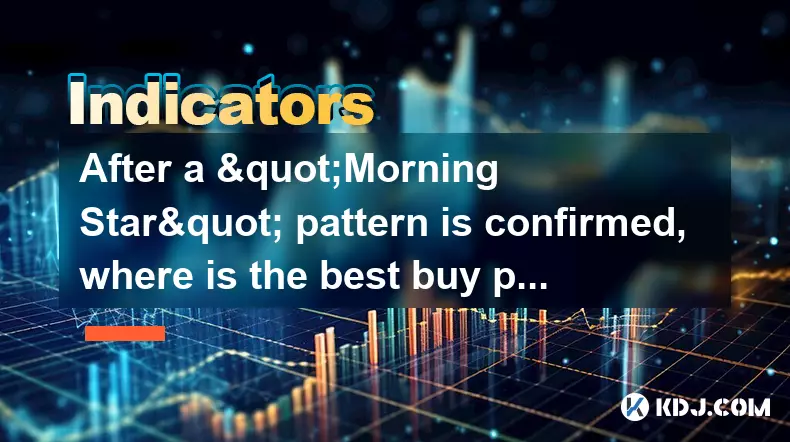
After a "Morning Star" pattern is confirmed, where is the best buy point?
Sep 10,2025 at 06:00pm
Understanding the Morning Star Pattern1. The Morning Star is a bullish reversal candlestick pattern that typically forms at the end of a downtrend. It...
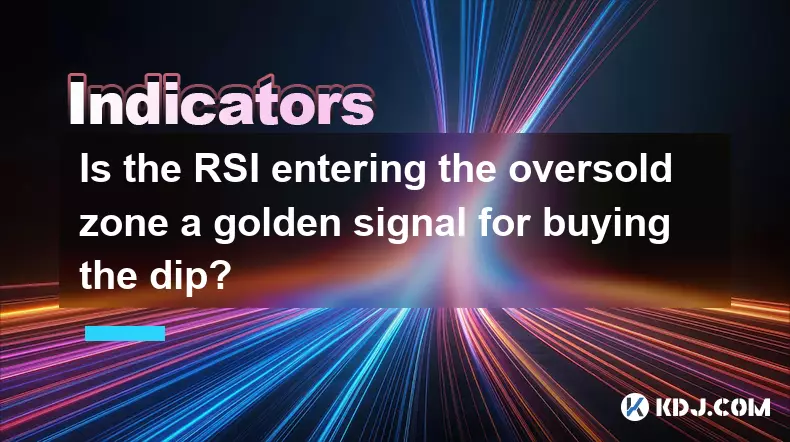
Is the RSI entering the oversold zone a golden signal for buying the dip?
Sep 09,2025 at 02:55pm
Understanding the RSI and Its Role in Crypto Trading1. The Relative Strength Index (RSI) is a momentum oscillator widely used in the cryptocurrency ma...
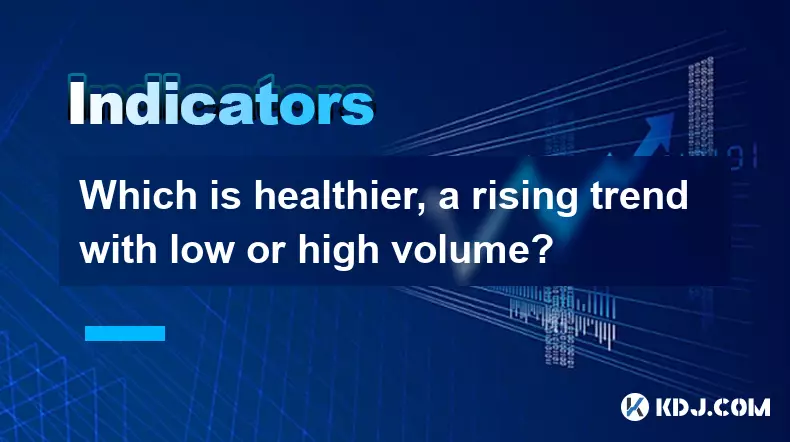
Which is healthier, a rising trend with low or high volume?
Sep 09,2025 at 04:00pm
Understanding Volume in Market Trends1. Volume serves as a critical indicator when analyzing the strength of a rising trend in cryptocurrency markets....

How can I accurately identify RSI divergences?
Sep 10,2025 at 09:54pm
Understanding RSI Divergence Basics1. Relative Strength Index (RSI) is a momentum oscillator that measures the speed and change of price movements on ...
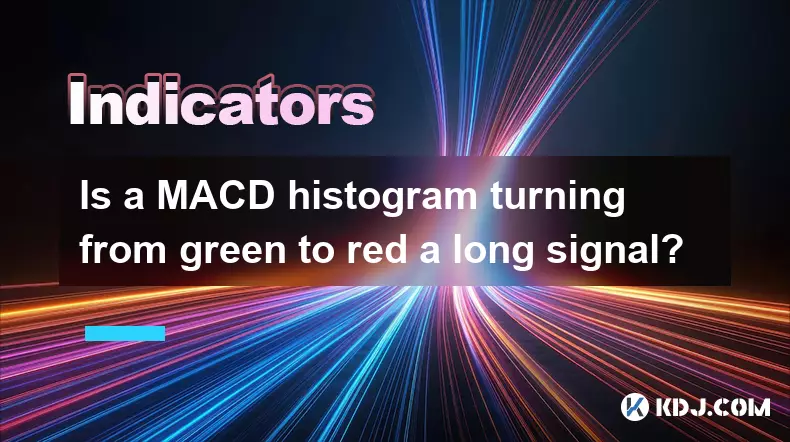
Is a MACD histogram turning from green to red a long signal?
Sep 09,2025 at 01:54pm
Understanding the MACD Histogram in Crypto Trading1. The MACD (Moving Average Convergence Divergence) histogram is a visual representation of the diff...

What is the success rate of a TRIX golden cross?
Sep 11,2025 at 02:18am
Understanding the TRIX Indicator in Cryptocurrency Trading1. The TRIX (Triple Exponential Average) indicator is a momentum oscillator designed to filt...

After a "Morning Star" pattern is confirmed, where is the best buy point?
Sep 10,2025 at 06:00pm
Understanding the Morning Star Pattern1. The Morning Star is a bullish reversal candlestick pattern that typically forms at the end of a downtrend. It...

Is the RSI entering the oversold zone a golden signal for buying the dip?
Sep 09,2025 at 02:55pm
Understanding the RSI and Its Role in Crypto Trading1. The Relative Strength Index (RSI) is a momentum oscillator widely used in the cryptocurrency ma...

Which is healthier, a rising trend with low or high volume?
Sep 09,2025 at 04:00pm
Understanding Volume in Market Trends1. Volume serves as a critical indicator when analyzing the strength of a rising trend in cryptocurrency markets....

How can I accurately identify RSI divergences?
Sep 10,2025 at 09:54pm
Understanding RSI Divergence Basics1. Relative Strength Index (RSI) is a momentum oscillator that measures the speed and change of price movements on ...

Is a MACD histogram turning from green to red a long signal?
Sep 09,2025 at 01:54pm
Understanding the MACD Histogram in Crypto Trading1. The MACD (Moving Average Convergence Divergence) histogram is a visual representation of the diff...
See all articles

























































































